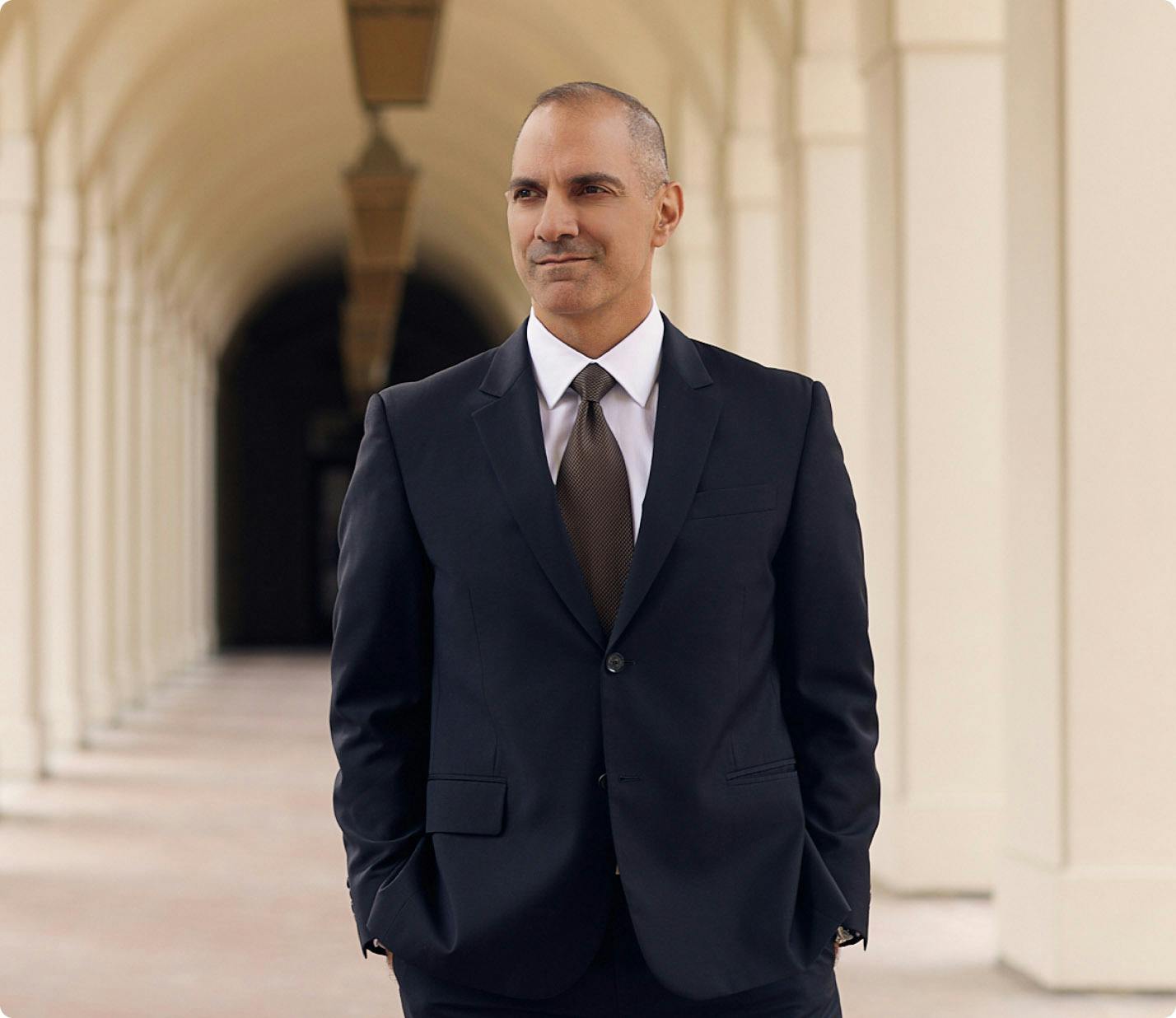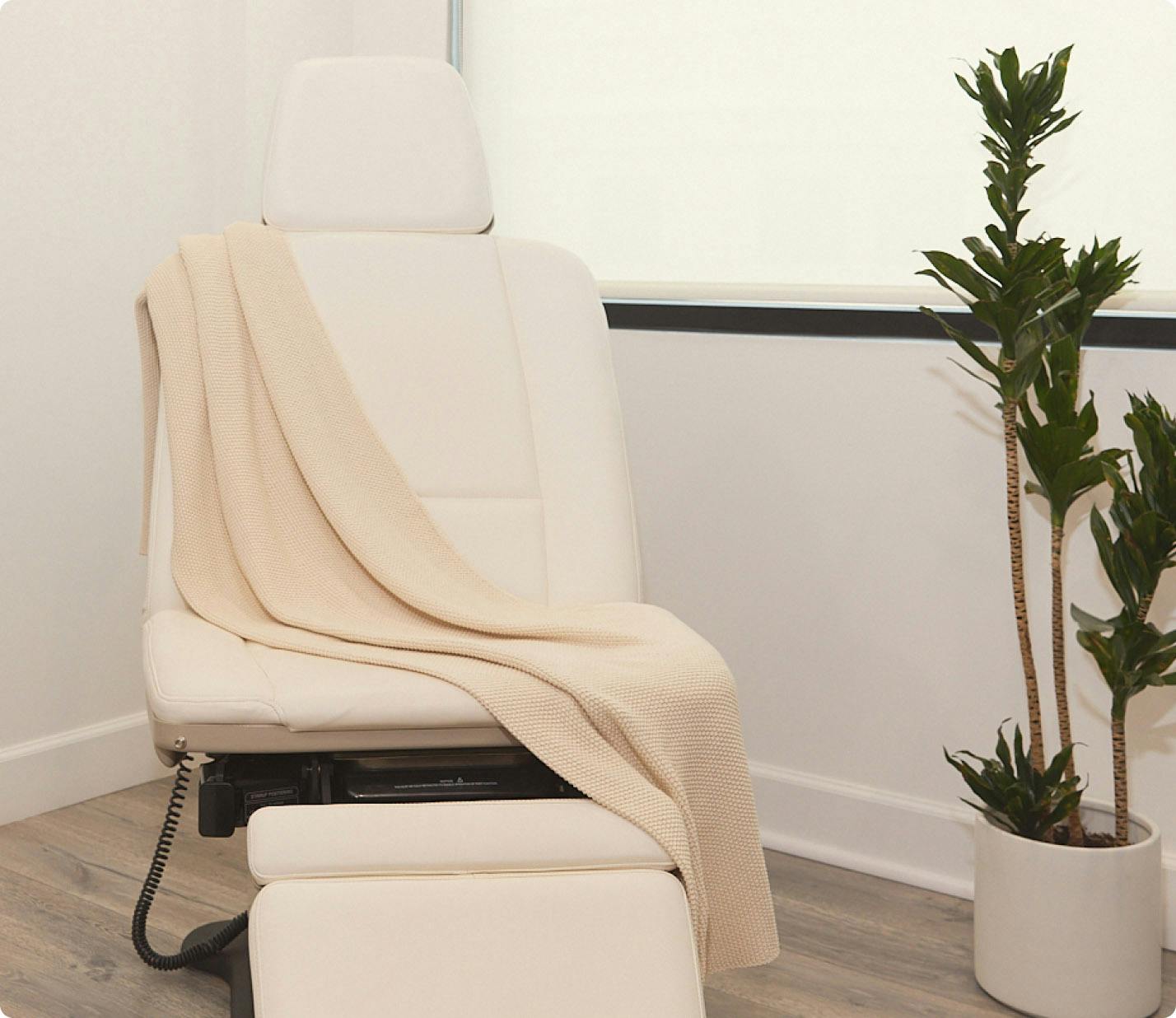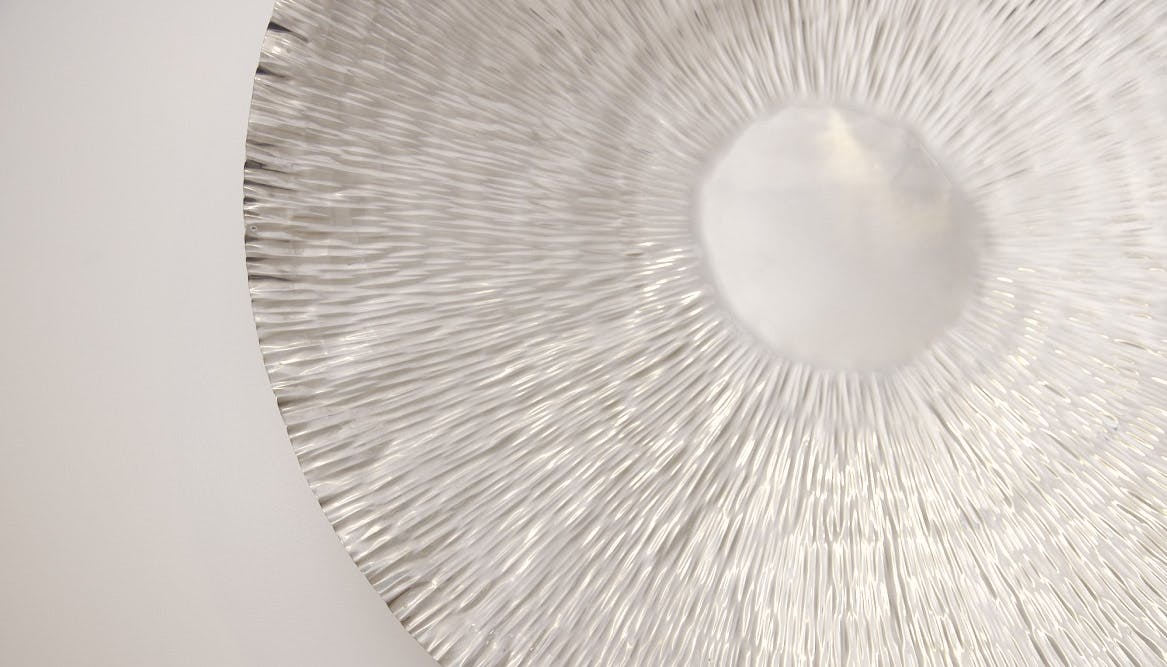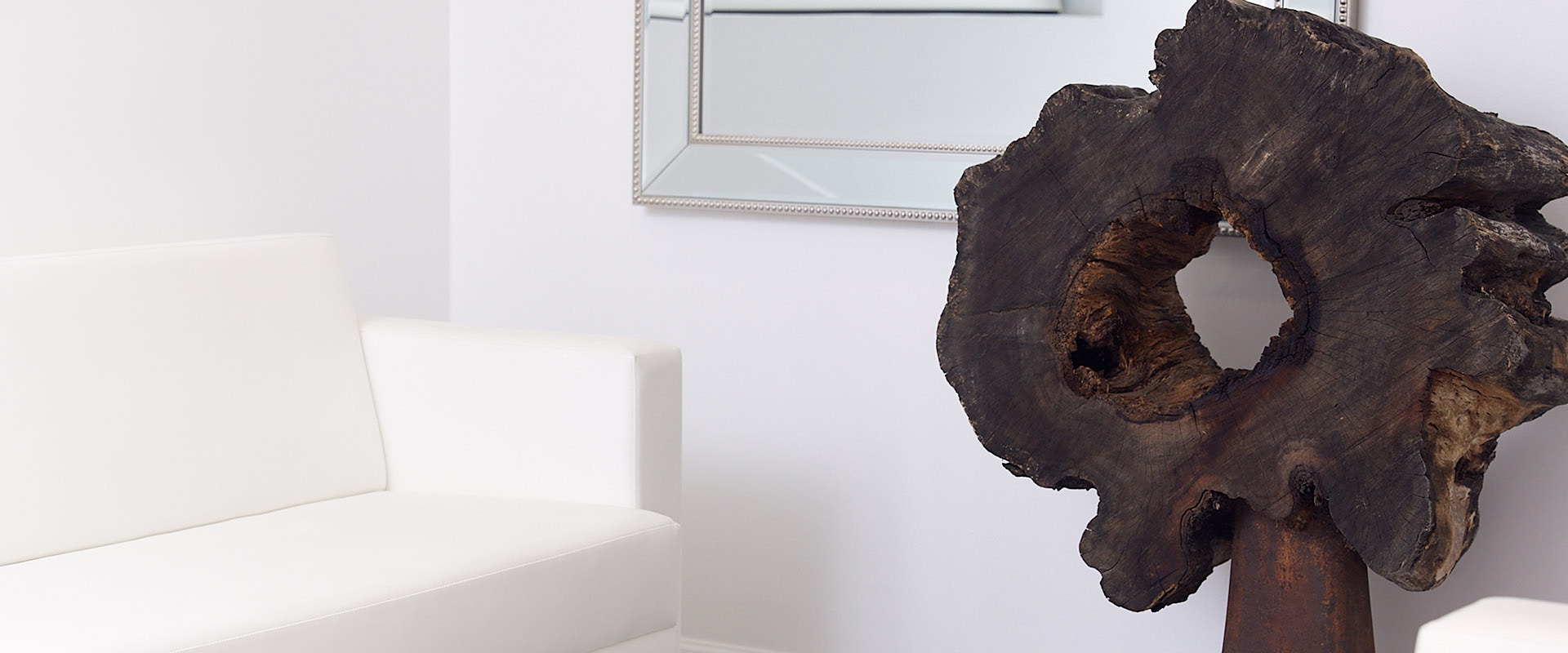Whether you're seeking relief from facial paralysis or looking to enhance your facial aesthetics, our Cross Face Nerve Graft procedure offers a personalized solution tailored to your unique needs.
Understanding the Cross-Face Nerve Graft Procedure
The nerve graft is then connected to working branches of the facial nerve and tunneled to the paralyzed side of the face for innervation. It is used in one of two ways. First, in the setting of early paralysis (less than 12 months), the cross-face nerve graft can be used to reinnervate paralyzed branches of the facial nerve directly. It is used in this capacity when the neural connections (motor endplates) to the facial muscles are still intact, and when it is expected that the entire nerve regeneration process can take place before the permanent loss of these connections. Nerve regeneration occurs at an average rate of one millimeter per day. This slow rate must be taken into account when using the cross-face nerve graft for the purpose.
A cross-face nerve graft will typically take 9-12 months to reach its target on the paralyzed side of the face. Second, in long standing, or late, paralysis, the cross-face nerve graft can be used as an initial step in facial reanimation. In this first stage, the nerve graft is laid down andallowed to regenerate over the course of 6-12 months. A second stage of surgery is required to transfer a muscle to the face for innervation with the cross-face nerve graft. The muscle used most commonly is the gracilis muscle from the thigh (see Gracilis Muscle with Cross-Face Nerve Graft for further details). An additional 6-9 months is necessary in order to innervate the transplanted muscle before it can begin moving.










